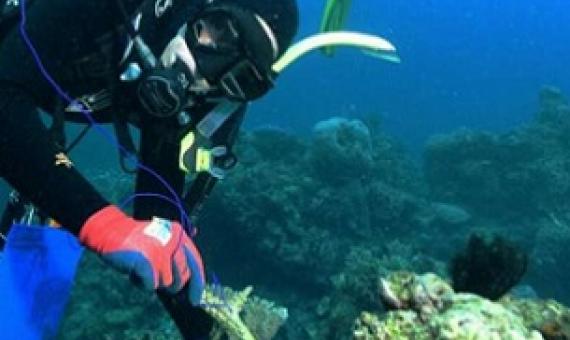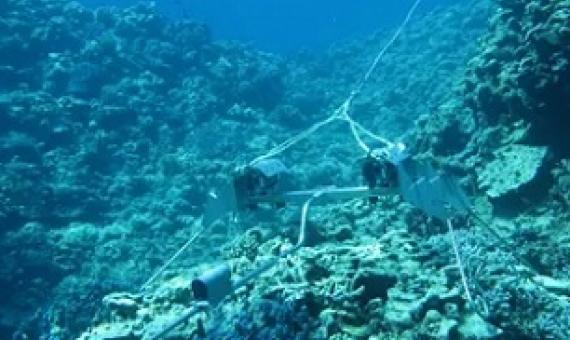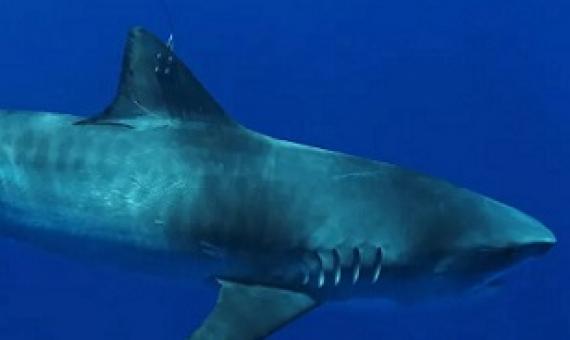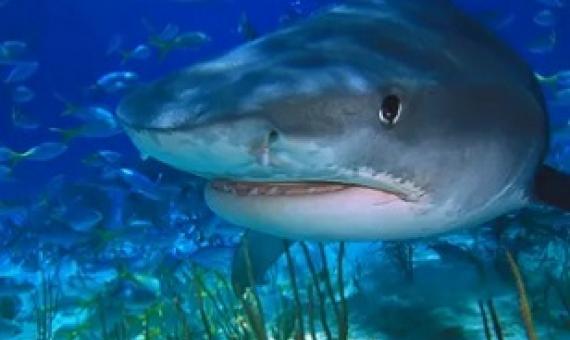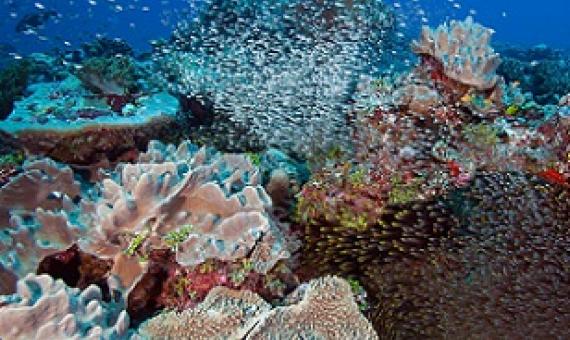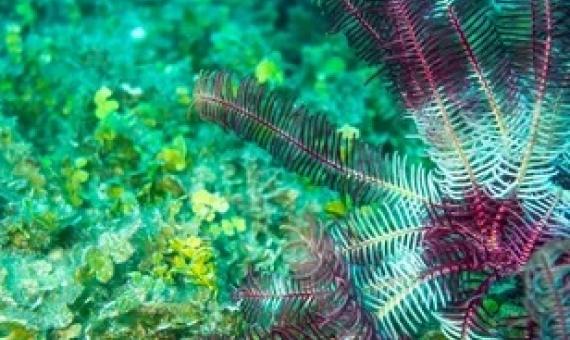Researchers say that our framework for classifying coral species needs to be expanded to capture ecological diversity and protect reef environments after discovering surprising differences between cryptic coral species...The team hopes that their findings, published today in Current Biol
What would a tropical reef look like if it could escape the man-made perils of global heating and overfishing?
The COVID 19 pandemic not only caused problems on land, it also slowed shark research efforts in the ocean. Hawaii is home to numerous tiger sharks.
A study led by Boston University has discovered deep-sea bacteria so foreign to the human immune system that immune cells do not register it...The researchers harvested the new types of microbial organisms 4,000 meters below the surface in one of the largest and deepest marine protected areas in
A PhD student from the Federated States of Micronesia has become the first person from her nation and one of the first in the world to explore the ocean floor in the southern end of the Marianas Trench. Nicole Yamase, a PhD candidate in the University of Hawaii's Marine Biology Graduate Prog
Sharks are critical in helping ecosystems recover from extreme climatic events, according to a new study.
In the middle of the Indian Ocean lies some of the last coral reef wilderness on Earth.
Marine protected areas (MPAs) around Oahu do not adequately protect populations of herbivorous reef fishes that eat algae on coral reefs.
A world-first estimate of the number of corals across the expanse of the Pacific Ocean has suggested there are about half a trillion of the reef-building animals.
eDNA metabarcoding as a biomonitoring tool for marine protected areas
Monitoring of marine protected areas (MPAs) is critical for marine ecosystem management, yet current protocols rely on SCUBA-based visual surveys that are costly and time consuming, limiting their scope and effectiveness. Environmental DNA (eDNA) metabarcoding is a promising alternative for marine ecosystem monitoring, but more direct comparisons to visual surveys are needed to understand the strengths and limitations of each approach.

